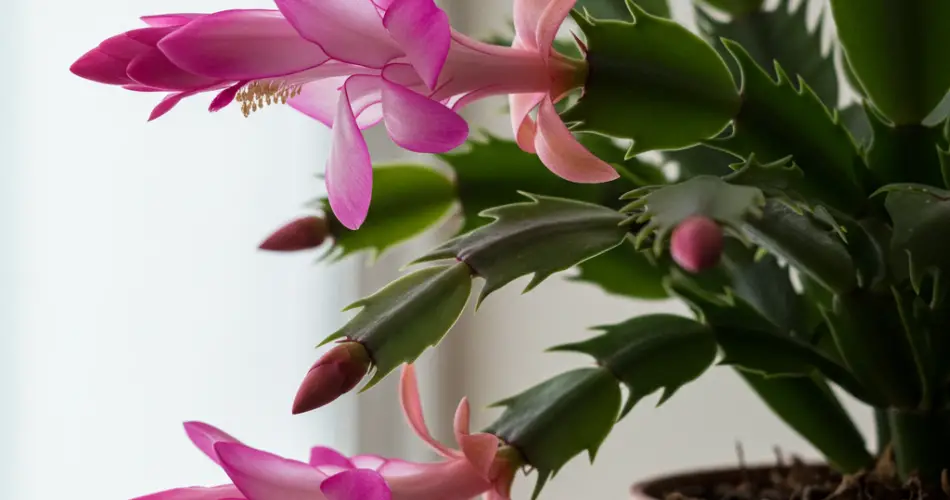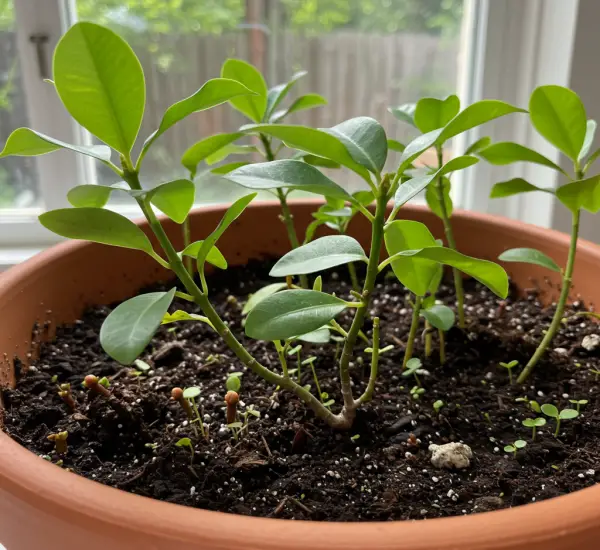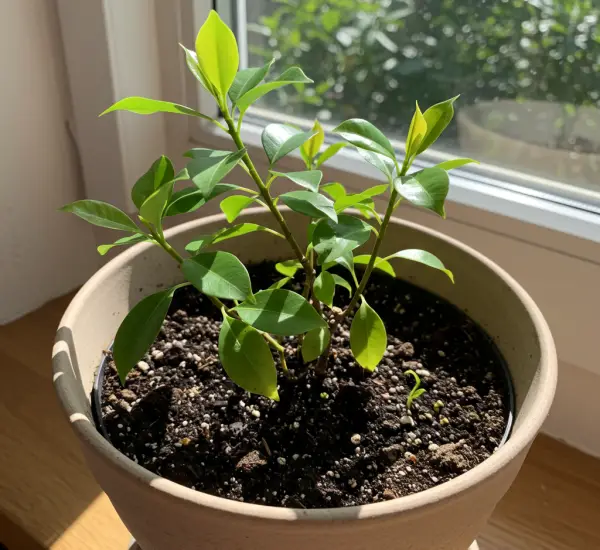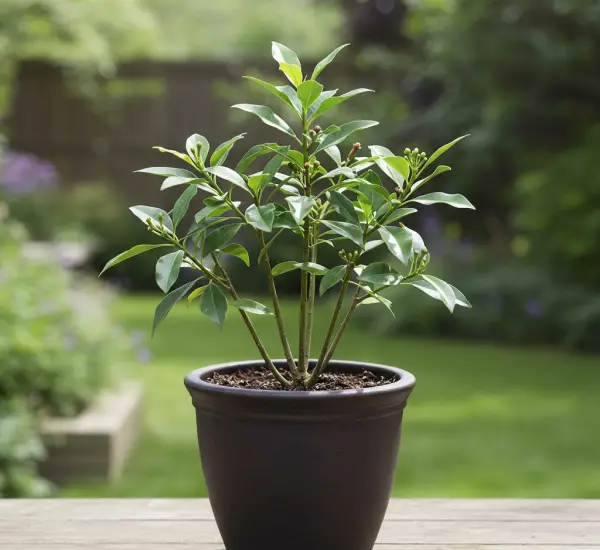There’s something truly magical about a Christmas cactus (Schlumbergera), especially when its bright red or pink flowers burst open during the festive season. With its elegant, cascading stems and exotic blossoms, it brings warmth and color to any home just when the world outside feels cold and gray. But how can you make your Christmas cactus bloom beautifully and on time every year? The answer lies in understanding its unique needs — and in one surprisingly simple ingredient that helps trigger flowering naturally.
The Unique Beauty of the Christmas Cactus
Unlike the desert cacti that thrive in arid heat, the Christmas cactus comes from the cool, misty forests of Brazil. It grows high up in the trees, where it enjoys filtered sunlight, moderate humidity, and constant moisture from the air. Because of its tropical origin, this cactus behaves very differently from the prickly varieties we usually imagine. It doesn’t like direct sunlight or extreme dryness — instead, it prefers soft light, mild temperatures, and regular watering.
The Christmas cactus has become one of the most popular holiday plants, both as a decoration and as a meaningful gift. Its long life, easy care, and vibrant blooms make it a favorite among beginners and plant lovers alike.
When the plant blooms, the ends of its stems are covered in elegant, bell-shaped flowers with bright petals and arrow-shaped stamens at the center. The effect is striking — a burst of color just in time for Christmas.
Light, Temperature, and Water: The Golden Rules
To keep your Christmas cactus happy, the first rule is light. Indoors, it should be placed in a bright area near a window but never under direct sunlight, which can scorch its delicate segments. Outdoors, it thrives in a shaded, cool spot protected from the wind.
Temperature is another important factor. The ideal range is between 20°C and 25°C (68°F–77°F). The plant dislikes cold drafts, so keep it away from doors, windows that open often, or air conditioners. Stability is key — sudden changes can shock the plant and cause buds to fall off before blooming.
Watering should be moderate and consistent. During autumn and winter, watering once a week is enough. In spring and summer, increase to every four or five days, depending on how quickly the soil dries. A good technique is to pour water into a dish under the pot and let the plant absorb what it needs from below. This method prevents the soil surface from becoming too wet and helps avoid root rot.
The Secret Ingredient for Magical Blooming
If your Christmas cactus seems reluctant to bloom or you simply want to boost its flowering power, there’s a natural trick you can try — potato starch. Yes, the same ingredient you might use in your kitchen can work wonders for your plant.
Potato starch acts as a natural energy booster. It provides the plant with carbohydrates that help strengthen its roots and stimulate the growth of new buds. Just a few teaspoons can make a remarkable difference.
Here’s how to use it:
-
Sprinkle 2 or 3 teaspoons of potato starch directly onto the soil at the base of the plant.
-
Gently cover the powder with a thin layer of clean soil.
-
Water lightly to allow the starch to dissolve and penetrate into the root zone.
This simple gesture helps the plant absorb nutrients more efficiently and promotes vigorous flowering. The starch not only fuels growth but also strengthens the plant’s immune system, making it more resistant to stress caused by repotting, temperature fluctuations, or lack of humidity.
Why It Works
Potato starch acts much like a slow-release fertilizer. It provides a steady source of energy that the plant can draw from over time. For the Christmas cactus, which prepares its buds several weeks before blooming, this extra boost helps ensure a fuller and longer-lasting display of flowers.
In addition, this treatment improves the overall health and appearance of the plant. Leaves become glossier, the stems more resilient, and new shoots appear stronger. It’s a natural, gentle alternative to chemical fertilizers — safe for both the plant and the environment.
Aftercare and Blooming Success
Once your cactus starts to bloom, keep up with regular care to ensure the flowers last as long as possible. Continue watering moderately, keeping the soil moist but never soggy. Avoid moving the plant around, as sudden changes in light or temperature can cause flowers and buds to drop.
After the blooming period ends, allow the plant to rest. Reduce watering slightly for about a month to let it recover. Then resume your normal routine, and consider repeating the potato starch treatment once or twice a year — especially before the blooming season.
A Touch of Magic for the Holidays
With the right balance of light, temperature, and care — plus a little help from potato starch — your Christmas cactus will reward you with spectacular, vibrant blooms year after year. Whether you keep it for yourself or give it as a heartfelt gift, it will fill your home with natural beauty and a sense of magic during the holiday season.
Sometimes, all it takes is a teaspoon of love — and a pinch of potato starch — to turn an ordinary plant into a Christmas miracle.



